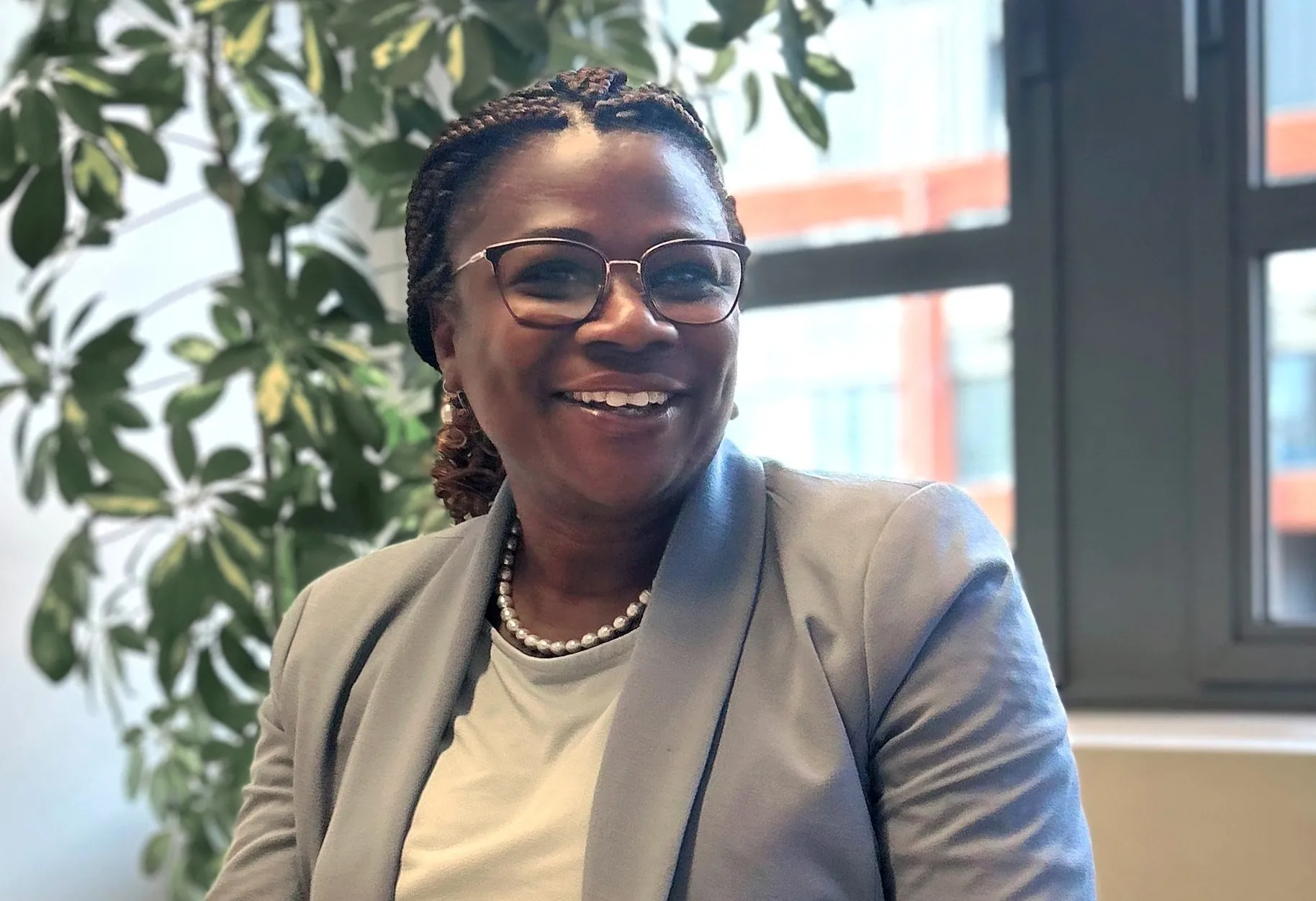
Cees de Wijs, who was elected Chairman of Ertico ITS Europe in June, puts the Partnership and this ITS World Congress in context.
Q:How do you view your election as Chairman of Ertico ITS Europe?
I have been involved with
Q: You have mentioned Partnership a couple of times; is Ertico actively growing the partnership?
Currently we have 117 partners representing public authorities, research, service providers, suppliers, traffic and transport industry, users and vehicle manufacturers and yes, this year we had the opportunity to welcome new partners. We currently especially invite cities to join ERTICO because of our existing strong portfolio of activities in this area and because of the importance of cities in the deployment of ITS. But I think the real highlight of Ertico and its success this year has been an increase in the range of activities on offer and how Ertico partners continue to work together in their quest to further the deployment of ITS, providing innovative solutions to address real needs that exist in our society today.
In that context, this year saw major strategic initiatives which include five focused Ertico programmes, covering the different areas of intelligent transport systems such as connected and automated driving, eCall, eMobility, urban mobility and freight and logistics. This is part of a new strategy Ertico has put in place to focus on specific thematic areas: identifying the long-term objectives and filling the current gaps for deployment through the different Ertico partnership activities.
So the strategic focus of Ertico is not so much to grow the number of partners, but to create a strong and coherent platform for know-how building and enabling deployment in the coming years. Against those objectives, I believe the five programmes will drive coherency of activities on ITS in the European Union and contribute to achieve continuity of services for the citizens and economies of scale for the industry. That, of course, means added value for our partners, for society, and for the well-respected relationships that we have with the European Commission and its various platforms. So the three key words for Ertico and its Partnership are coherency, continuity and economies of scale.
Q: Turning to this ITS World Congress, what do you think will be the main impact or benefit over the next year or so?
You only have to look at the Congress Programme and the way the event has been organised to get a snapshot of where this industry is and where it is going. So, for instance, there are seven headline topics taking in cooperative ITS, multimodality, smart cities, sustainable mobility, automation and the drive towards highly automated driving, Big Data and Open Data, and Space technologies and services for ITS. To cluster sessions, there are three thematic days – today focuses on connected and automated driving; the theme for tomorrow is freight and logistic; while on Thursday the focus is urban mobility.
So, when you look into the programme you see a lot of movement and momentum on what is clearly a transition path - from connected driving to cooperative driving and finally to autonomous driving. I believe this ITS World Congress will give a major boost towards implementation and deployment and also to concerted action. For instance, we know that several member states are aligning their programmes, especially in the field of cooperative ITS, and we expect that these developments will be boosted by this Congress. And hopefully with the strong presence and alignment also at ministry level, along with the upcoming Presidency of the European Commission by the Netherlands, there will be an extra stimulus at the policy level for deployment of cooperative systems and autonomous driving, certainly in Europe but also probably in other regions as well.
Q: This morning, you are moderating a High-Level Technology Summit, the Plug and Play City. Would you like to put that in context?
Cities play a tremendously important and vital role in deploying new innovations in ITS and improving long-term mobility. They are, after all, where a majority of people live so cities should rightly be a key area of focus that we need to concentrate on. And it is exciting to see that, step by step, cities start to converge towards more consistent ways in which they try to introduce sustainable mobility for citizens. That goes beyond the car because this is where smart bicycle schemes, public transport concepts and smarter ways of dealing with traffic management and parking vehicles all comes together.
The session I am involved with this morning will look at a new way of stakeholders working together in cities through the creation of a ‘sustainable mobility partnership'. This means all stakeholders working in concert to jointly implement a coherent package of mobility measures that can really deliver sustainability in our cities. So the focus of the session will examine how this could be realised and the potential roles of the different stakeholders.










